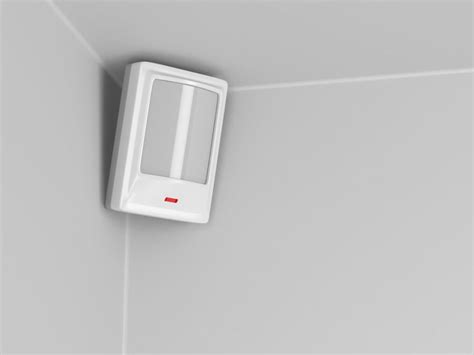
ALL ABOUT FLEX PCB
-
 Read more: HC-SR501 datasheet: Quick Guide to its Features and More!
Read more: HC-SR501 datasheet: Quick Guide to its Features and More!Table of Contents Introduction to the HC-SR501 Key Features of the HC-SR501 HC-SR501 Specifications Understanding the HC-SR501 Pinout Adjusting the HC-SR501 Sensitivity and Delay Time Connecting the HC-SR501 to a Microcontroller HC-SR501 Application Examples Troubleshooting Common Issues with the HC-SR501 Frequently Asked Questions (FAQ) Conclusion Introduction to the HC-SR501 The […]
-
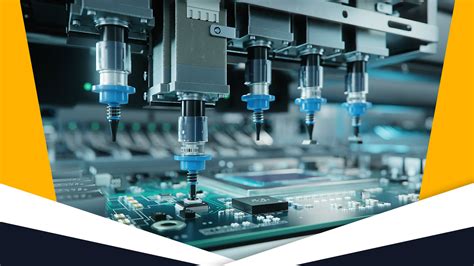 Read more: PCB Hardware: Performance Enhancing Hardware for Your Circuit Board
Read more: PCB Hardware: Performance Enhancing Hardware for Your Circuit BoardIntroduction to PCB Performance-Enhancers Printed Circuit Boards (PCBs) are the backbone of modern electronics. They provide a reliable and efficient way to connect electronic components and create complex circuits. However, as the demands for faster, smaller, and more powerful electronic devices increase, so does the need for PCB performance-enhancers. PCB […]
-
7809 Voltage Regulator – Complete Guide
Posted by
–
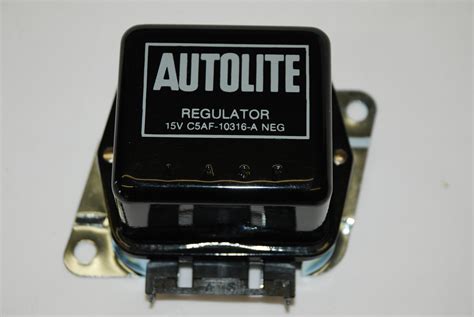 Read more: 7809 Voltage Regulator – Complete Guide
Read more: 7809 Voltage Regulator – Complete GuideIntroduction to Voltage Regulators Voltage regulators are essential components in electronic circuits that help maintain a constant output voltage despite fluctuations in the input voltage or load current. They come in different types, such as linear and switching regulators, each with its own advantages and disadvantages. Types of Voltage Regulators […]
-
 Read more: Ultiboard – The Ultimate Guide For Best For Beginners
Read more: Ultiboard – The Ultimate Guide For Best For BeginnersWhat is Ultiboard? Ultiboard is a powerful PCB design software developed by National Instruments. It is a part of the NI Circuit Design Suite and is used for designing printed circuit boards (PCBs). Ultiboard offers a user-friendly interface and a wide range of features that make it an ideal choice […]
-
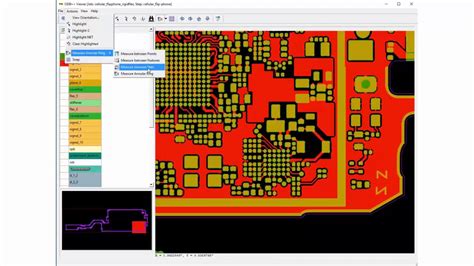 Read more: PCB File-How To Make Your Files High Availability
Read more: PCB File-How To Make Your Files High AvailabilityIntroduction: The Importance of High Availability for PCB Files In the world of electronics manufacturing, the availability and reliability of PCB (Printed Circuit Board) files are critical. High availability ensures that the files are accessible whenever needed, minimizing downtime and ensuring smooth production processes. In this article, we will explore […]
-
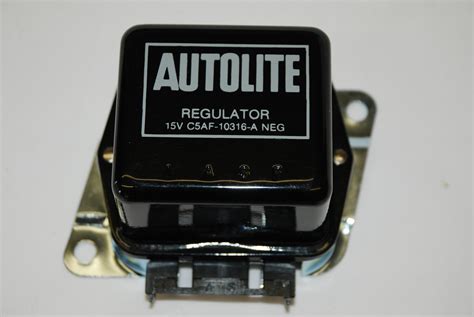 Read more: High Current Voltage Regulator: The Definitive Guide
Read more: High Current Voltage Regulator: The Definitive GuideWhat is a Voltage Regulator? A voltage regulator is an electronic device that maintains a constant output voltage level despite fluctuations in the input voltage or load current. It acts as a buffer between the power source and the load, providing a stable and regulated power supply. Key Functions of […]
-
How to Calculate the Inductance of PCB Trace
Posted by
–
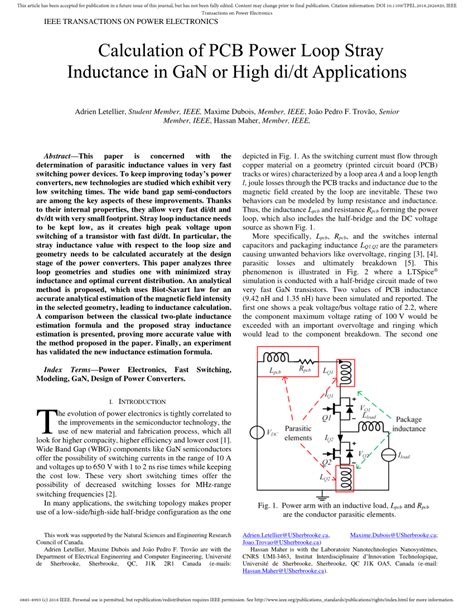 Read more: How to Calculate the Inductance of PCB Trace
Read more: How to Calculate the Inductance of PCB TraceUnderstanding PCB Inductance In the world of printed circuit board (PCB) design, inductance is a crucial factor that can significantly impact the performance of your electronic circuits. PCB inductance refers to the ability of a PCB trace to store energy in a magnetic field when an electric current flows through […]
-
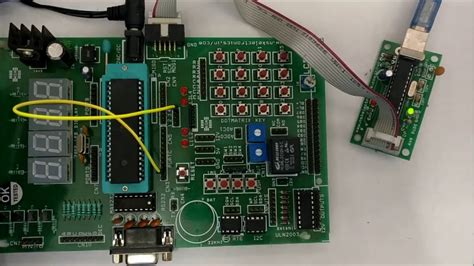 Read more: Automatic Voltage Regulator Project: Designing and Constructing Your Very Own Circuit
Read more: Automatic Voltage Regulator Project: Designing and Constructing Your Very Own CircuitUnderstanding the Basics of Automatic Voltage Regulators Before diving into the construction process, it is crucial to understand the fundamental concepts behind AVRs. In this section, we will discuss the purpose of an AVR, its basic components, and how it maintains a stable output voltage. What is an Automatic Voltage […]
-
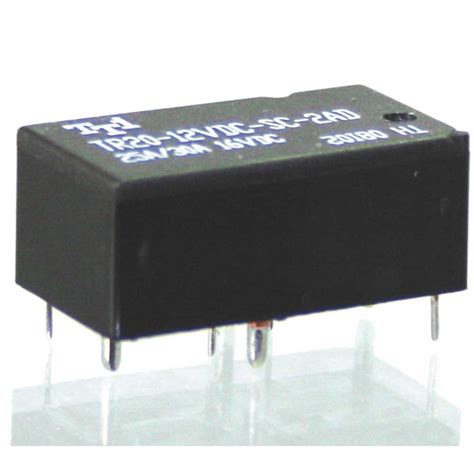 Read more: Set a lot of advantage PCB type automobile relay market continues to expand
Read more: Set a lot of advantage PCB type automobile relay market continues to expandIntroduction to Automotive PCB Relays An automotive PCB Relay is an electrically operated switch that uses an electromagnet to open or close one or more sets of contacts. PCB stands for printed circuit board. In an automotive PCB relay, the coil, contact sets, and operating mechanism are all mounted on […]
-
DIY Battery Chargers: The Complete Guide
Posted by
–
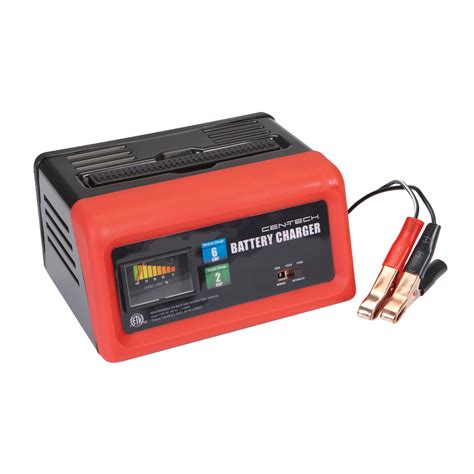 Read more: DIY Battery Chargers: The Complete Guide
Read more: DIY Battery Chargers: The Complete GuideIntroduction to Battery Chargers Battery chargers are essential devices that replenish the energy stored in rechargeable batteries, extending their lifespan and ensuring optimal performance. With the increasing use of portable electronic devices, such as smartphones, laptops, and power tools, the demand for efficient and cost-effective battery charging solutions has never […]




